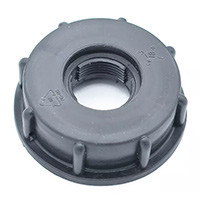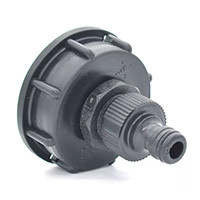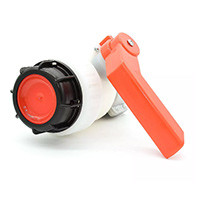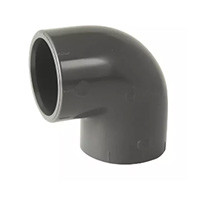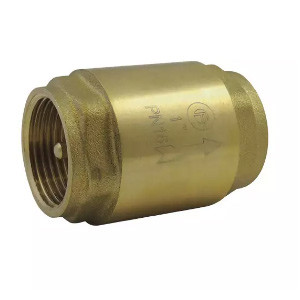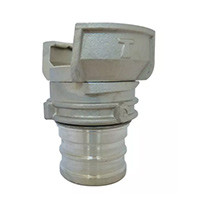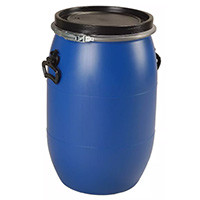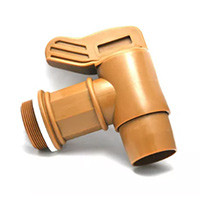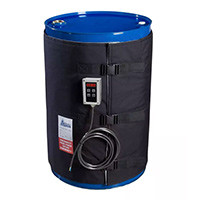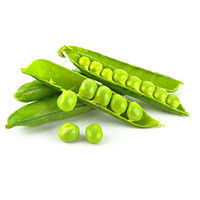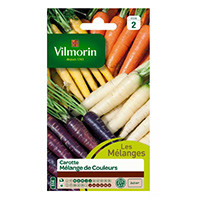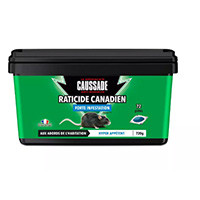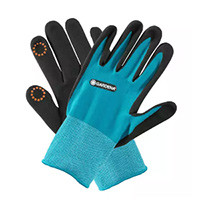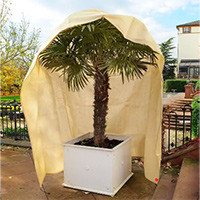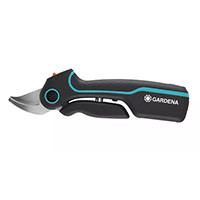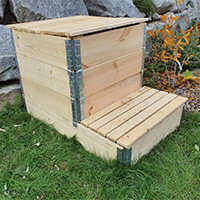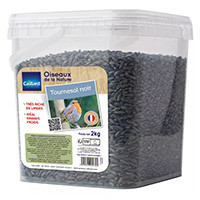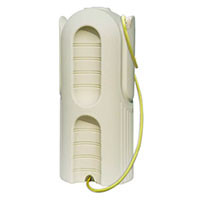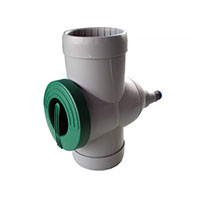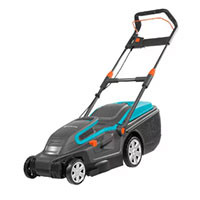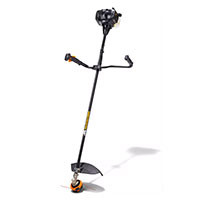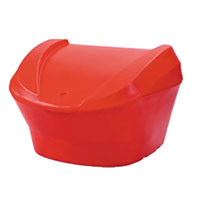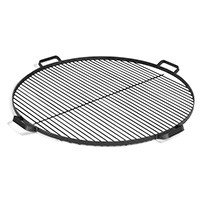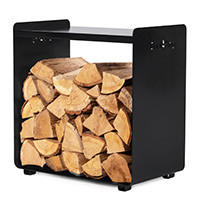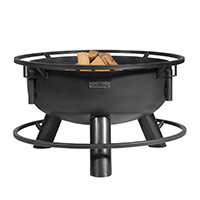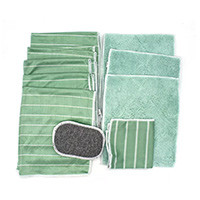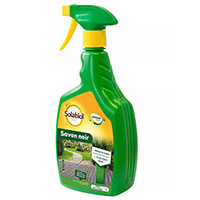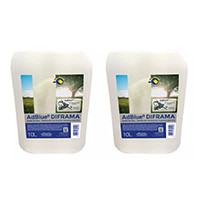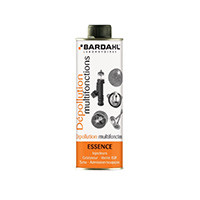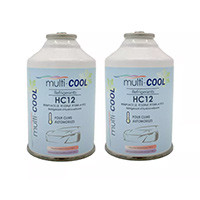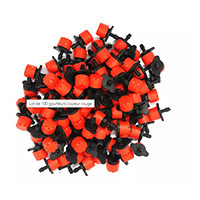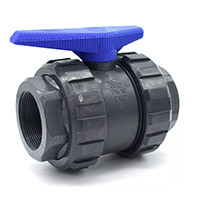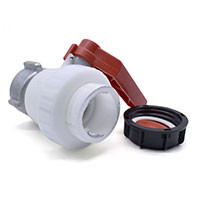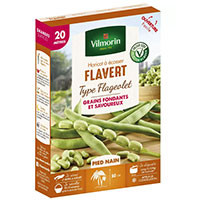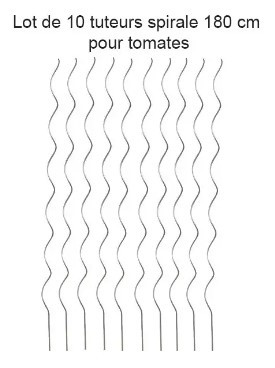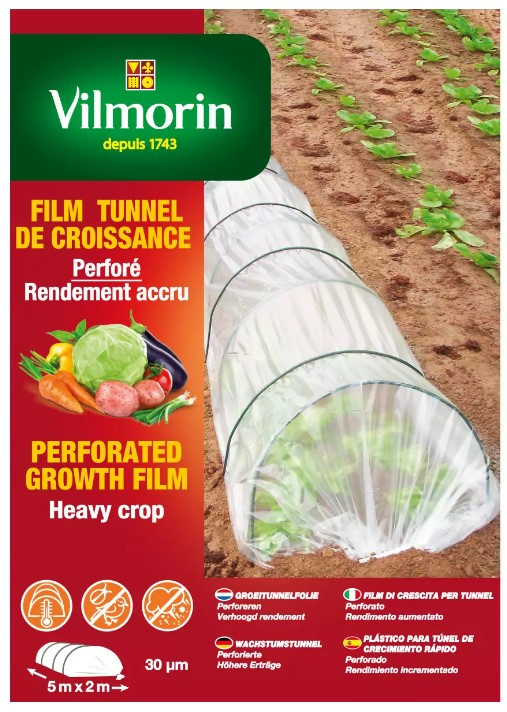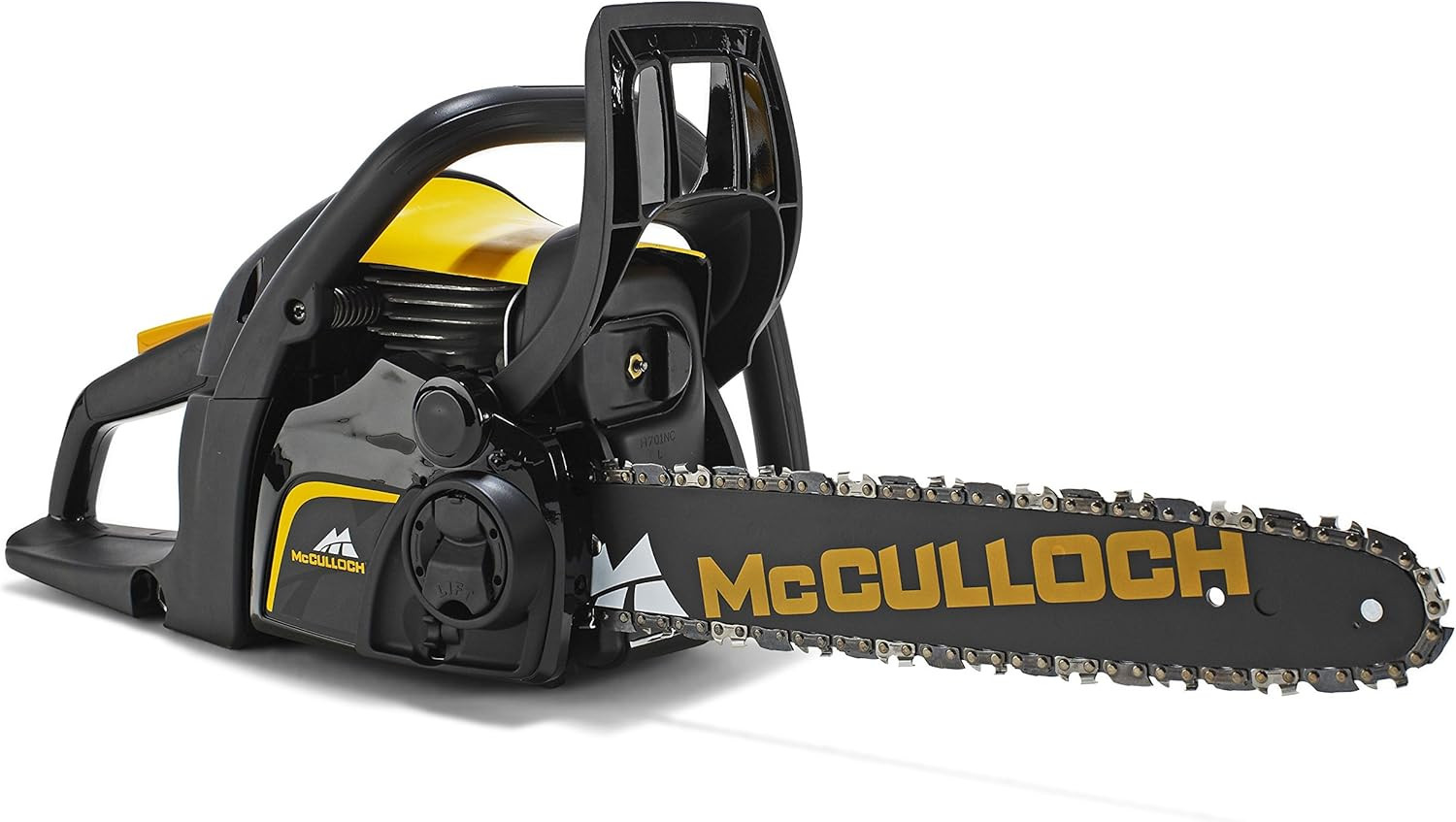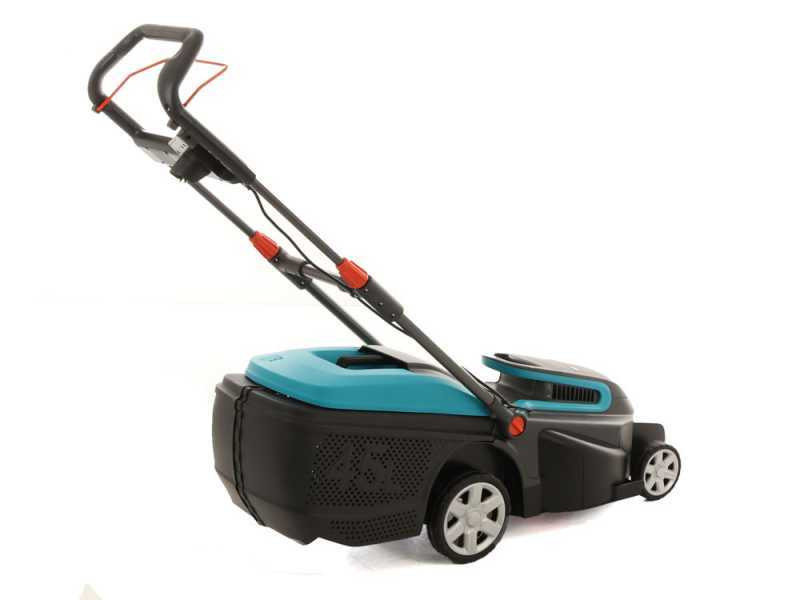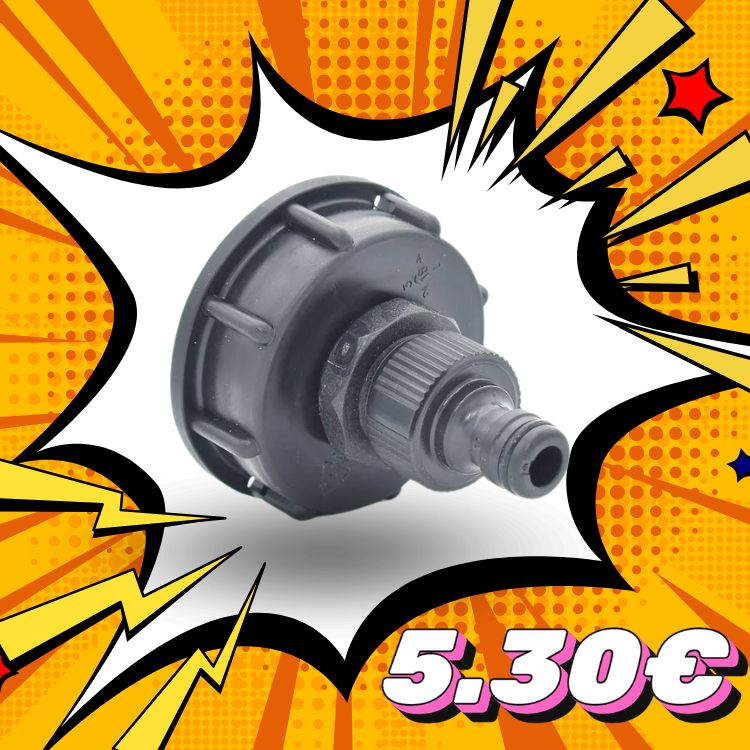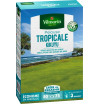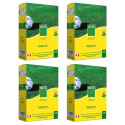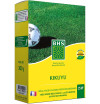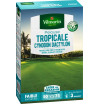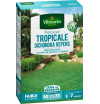
Choose the type of grass according to your needs - article 3/3
Welcome! In this article, we will continue our presentation of the different varieties of grass that we offer for sale. This time, we will focus on tropical turf, which are adapted to hot and humid climates. We will therefore introduce you to three varieties in particular: cynodon, dichondra and kikuyu. Note that we will not dwell too much on the latter, as we have already written a full article about it. However, we will still give you some useful information to help you choose the grass that best suits your environment and needs.
CYNODON GRASS
Cynodon is a variety of turf native to South Africa. It is also known as "Bermuda grass" because it was introduced to North America from Bermuda. This variety of grass is very popular in hot and dry regions, where it is used for golf courses, parks and residential gardens. Here are its advantages and disadvantages:
Benefits of cynodon:
Heat and drought resistance: Cynodon is highly resistant to high temperatures and drought, making it an excellent choice for hot and arid regions.
Trampling tolerance: Cynodon is also known for its high resistance to trampling. This is why it is often used for golf courses, where players regularly walk on the grass.
Rapid growth: Cynodon grows very quickly and can therefore cover a large area in a short time.
Disadvantages of cynodon:
Regular water requirement: Despite its resistance to drought, the cynodon needs regular watering to stay healthy.
Rapid spread: Cynodon can spread quickly and invade other plants or surfaces, which can be a disadvantage if you don't want it to spread too far.
Need for regular maintenance: Like most grass varieties, cynodon requires regular maintenance to stay healthy and avoid weeds.
Tips for growing cynodon:
- The best time to sow cynodon is from late spring to early summer, when temperatures are warm and rainfall is regular.
- Cynodon can be sown from seeds or stolons (roots).
- Before planting, it is important to prepare the soil by removing all weeds and leveling it for a uniform surface.
- It is recommended to fertilize the soil before planting and water regularly for the first few weeks to promote root growth.
- Once the cynodon is established, it should be mowed regularly to encourage dense and uniform growth.
Cynodon care tips:
- Water regularly, but avoid overwatering that can lead to grass diseases.
- Fertilize the soil annually to maintain healthy grass growth.
- Mow regularly to maintain a lawn height of 2 to 4 cm.
- Eliminate weeds as soon as they appear to prevent their spread.
- Aerate the soil once a year to encourage root growth.
In summary, cynodon is a grass variety that is very resistant to heat and drought, which can be a great option for hot and arid regions. It is also trampling resistant and grows quickly, making it a popular choice for golf courses and parks. However, cynodon requires regular maintenance, including watering and frequent mowing, and can spread quickly, which can be a disadvantage if you don't want it to invade other areas.
As for the sowing date, it is recommended to sow cynodon in late spring or early summer, when temperatures are warm and rainfall is regular. For planting, you can use seeds or stolons (roots). It is important to prepare the soil by removing all weeds and leveling it for a uniform surface. Before planting, it is also recommended to fertilize the soil and water regularly to encourage root growth.
Regarding the maintenance of the cynodon, it is important to water regularly, but to avoid excessive watering that can lead to turf diseases. Annual fertilization is also recommended to maintain healthy grass growth. Mowing should be done regularly to maintain a lawn height of 2 to 4 cm, and weeds should be removed as soon as they appear to prevent their spread. Finally, aerating the soil once a year can encourage root growth and maintain healthy grass.
In sum, cynodon is a popular grass variety for its resistance to heat and drought, as well as its tolerance to trampling. However, it requires regular maintenance to maintain its health and prevent it from spreading too far. If you're looking for a variety of grass suitable for a hot, dry climate, cynodon can be a great choice.
TURF DICHONDRA REPENS
Dichondra repens is a variety of creeping turf that is native to Australia and New Zealand. It is increasingly used in hot and arid regions for its low growth height and attractive appearance. Unlike other types of grass, dichondra has round, soft leaves that give the lawn a velvety look. It is also easy to maintain and does not require as much mowing as other grass varieties.
Benefits of dichondra repens:
- Low growth height: dichondra repens doesn't require a lot of mowing, making it an ideal choice for people looking to reduce their lawn care time.
- Attractive appearance: The round, soft leaves of dichondra repens give the lawn a velvety and uniform appearance.
- Drought tolerant: Dichondra repens is a plant that adapts well to drought conditions and requires little watering once established.
- Trampling resistant: dichondra repens is a creeping plant that can be planted in high-traffic areas, such as playgrounds and garden paths.
Disadvantages of dichondra repens:
- Susceptibility to turf diseases: Dichondra repens is susceptible to turf diseases, especially if the soil is poorly drained.
- Herbicide sensitivity: Dichondra repens is sensitive to herbicides, which may limit treatment options for weeds.
Growing tips:
- Seeding date: Dichondra repens can be sown from spring to early fall in warm, sunny areas.
- Soil preparation: It is important to prepare the soil by removing all weeds and leveling it for a uniform surface.
- Use of cuttings: The use of cuttings is recommended for quick and uniform coverage.
- Spacing: It is recommended to plant dichondra repens cuttings about 10 cm apart for uniform coverage.
- Watering: Dichondra repens requires regular watering to maintain lawn health, especially during periods of drought.
- Fertilization: Annual fertilization is recommended to maintain healthy growth.
Maintenance tips:
- Mowing: dichondra repens requires little mowing and can be maintained at a height of 2 to 4 cm.
- Weeds: Weeds should be removed as soon as they appear to prevent their spread.
- Turf diseases: It is important to watch for signs of turf diseases and take steps to treat them as soon as they are detected.
- Trampling: It is recommended to limit trampling on the lawn of dichondra repens, especially during periods of high heat, as this can damage the fragile stems of the plant.
In conclusion, dichondra repens is a great choice for people looking to have an attractive and easy-to-maintain lawn in hot and arid regions. It has many advantages such as its low growth height, velvety appearance and drought tolerance. However, one must be aware of its susceptibility to diseases and herbicides. With proper soil preparation, proper planting and regular maintenance, dichondra repens can provide a healthy and attractive lawn for many years.
KIKUYU TURF
If you are looking for drought-resistant grass for your garden, you might be interested in kikuyu. This variety of grass, native to Africa, is particularly appreciated for its ability to withstand hot and arid climates.
In our full article on the subject, available at the following address: https://www.multitanks.com/en/blog/le-kikuyu-une-solution-pour-un-gazon-resistant-a-la-secheresse-n166, you will find all the information you need to grow and maintain a kikuyu turf. In particular, we present the advantages and disadvantages of this plant, as well as practical tips for successful planting and maintenance.
Kikuyu is a popular choice for gardens and sports fields in hot and dry regions. It can tolerate high temperatures and prolonged drought, making it an attractive option for homeowners looking to save on watering their lawn. However, it can also be invasive if not properly maintained, and its rapid growth may require regular mowing.
In short, if you are thinking of planting a Kikuyu lawn, check out our article to learn more about this interesting option and the precautions to take to fully enjoy it.
Share this content

